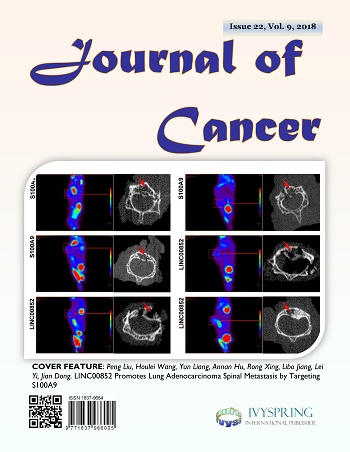
“Cannabinoids, the biologically active constituents of Cannabis, have potent neuronal and immunological effects. However, the basic and medical research dedicated to medical cannabis and cannabinoids is limited. The influence of these treatments on hematologic reconstitution and on the development of graft versus host disease (GVHD) after bone marrow transplantation (BMT) is largely unknown.
In this research, we compared the influence of D9 tetrahydrocannabinol (THC) and cannabidiol (CBD) on lymphocyte activation in vitro and in murine BMT models.
Our in vitro results demonstrate that these treatments decrease activated lymphocyte proliferation and affect cytokine secretion. We also discovered that CBD and THC utilize different receptors to mediate these effects. In vivo, in a syngeneic transplantation model, we demonstrate that all treatments inhibit lymphocyte reconstitution and show the inhibitory role of the cannabinoid receptor type 2 (CB2) on lymphocyte recovery.
Although pure cannabinoids exhibited a superior effect in vitro, in an allogeneic (C57BL/6 to BALB/c) BMT mouse model, THC-high and CBD-high cannabis extracts treatment reduced the severity of GVHD and improved survival significantly better than the pure cannabinoids.
Our results highlights the complexity of using cannabinoids-based treatments and the need for additional comparative scientific results.”







 “The present review will provide an overview of the neurobiology, epidemiology, clinical impact, and treatment of cannabis use disorder (CUD) in mood disorders.
“The present review will provide an overview of the neurobiology, epidemiology, clinical impact, and treatment of cannabis use disorder (CUD) in mood disorders. “∆9 –Tetrahydrocannabinol (∆9-THC) and cannabidiol (CBD), major psychoactive constituents of marijuana, induce potentiation of pentobarbital-induced sleep in mice.
“∆9 –Tetrahydrocannabinol (∆9-THC) and cannabidiol (CBD), major psychoactive constituents of marijuana, induce potentiation of pentobarbital-induced sleep in mice.